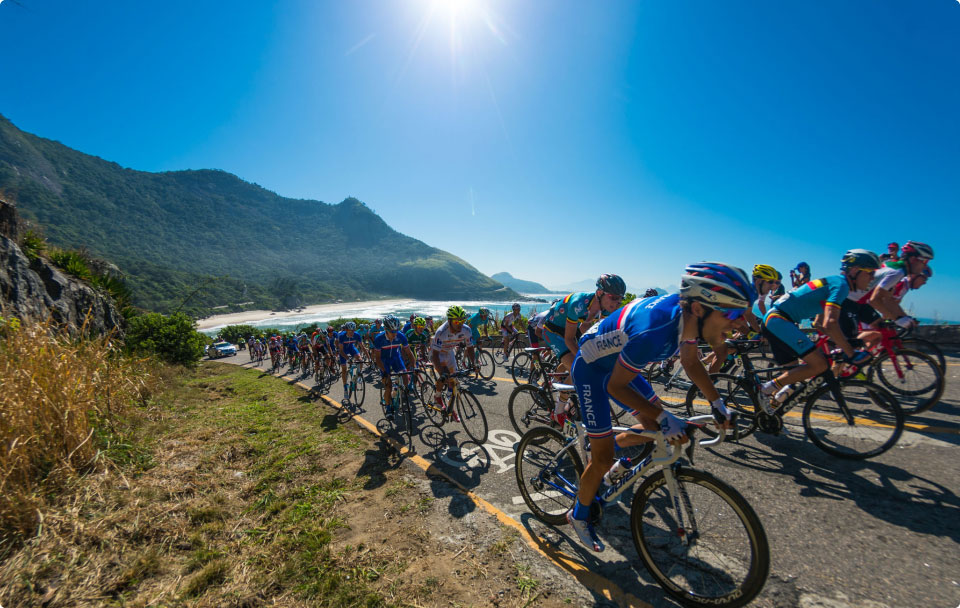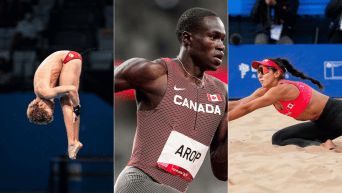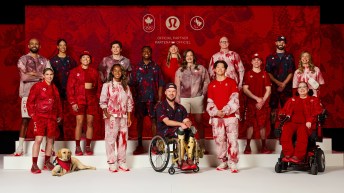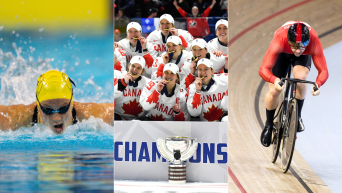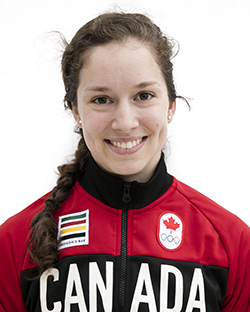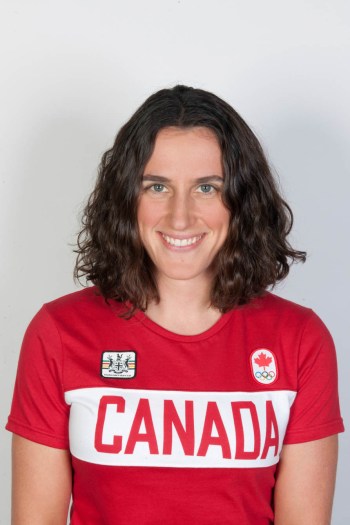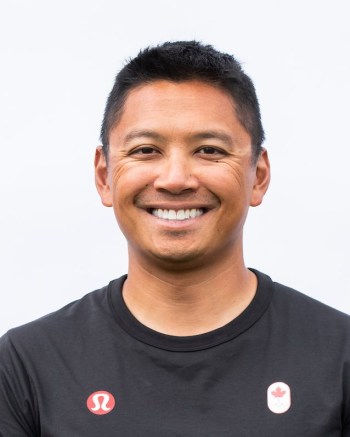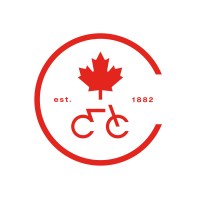Rio test events provide preparation for upcoming Olympic Games
Feature photo: Rio 2016 road cycling test event on Sunday, August 16, 2016 (Rio 2016/Alex Ferro).
With less than a year to go before the start of 2016 Olympic Games, the city of Rio is already seeing an influx of future Olympians getting a first glimpse at where they’ll be chasing medals next summer.
In addition to getting athletes acquainted with the venues, the ongoing test events also give the organizing committee a chance to simulate the Olympic environment and work out any logistical kinks.
Everything gets a dry run, from the accreditation system to the timing and scoring systems to the security to the media flow.
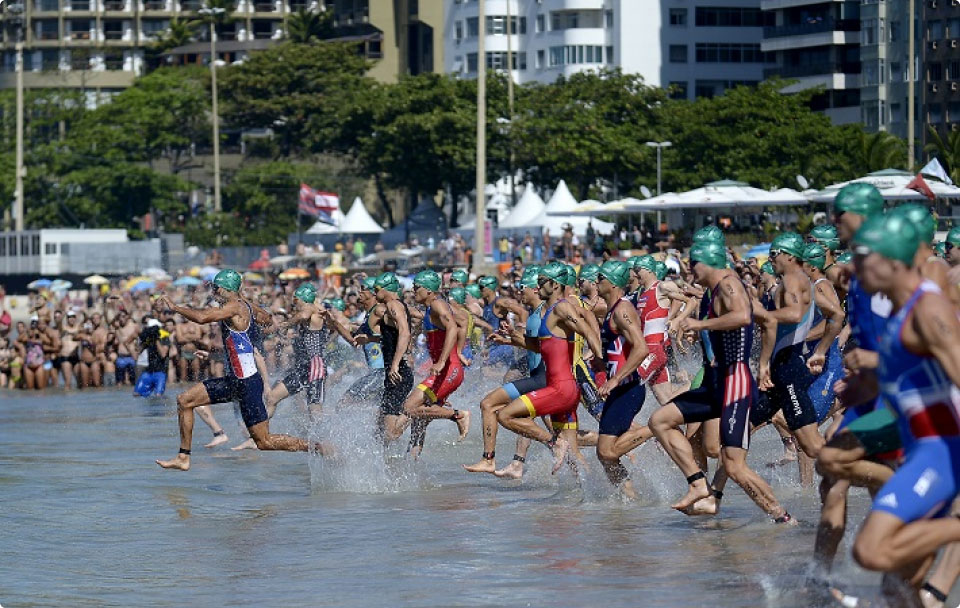
The ocean start will set the triathlon course apart at Rio 2016 (Photo: Rio 2016/Alexandre Loureiro).
Since the start of August, Rio has hosted test events in triathlon, rowing, equestrian, sailing, and road cycling. Before the end of September, further events will be held in open water swimming, beach volleyball, canoe/kayak sprint, and archery.
Triathlon is one of those sports in which courses are drastically different from city to city, so the test event was a key race on the calendar for Kyle Jones and Kirsten Sweetland.
“Familiarizing ourselves with the course, the venue and the area where you’ll be competing and training leading up, it can have a huge influence on your race day performance,” said Jones, a 2012 Olympian.
The Rio triathlon is immediately different from most others on the elite international circuit because of the running start from Copacabana Beach for the ocean swim, making it more like a classic, old school triathlon than the lake swims associated with the city centre races which are the current norm.
“Because of the run-in, it staggers us a bit from the start, as opposed to a pontoon start where we all dive in together,” said Sweetland, hoping to make her Olympic debut in 2016. “It helps to break things up right away which I’m happy about because it gets more rough with a pontoon start.”
But while the beach start was known before they arrived in Rio, even the scouting reports couldn’t eliminate some surprises for the triathletes – surprises that are much better to be aware of now than when Olympic medals are on the line.
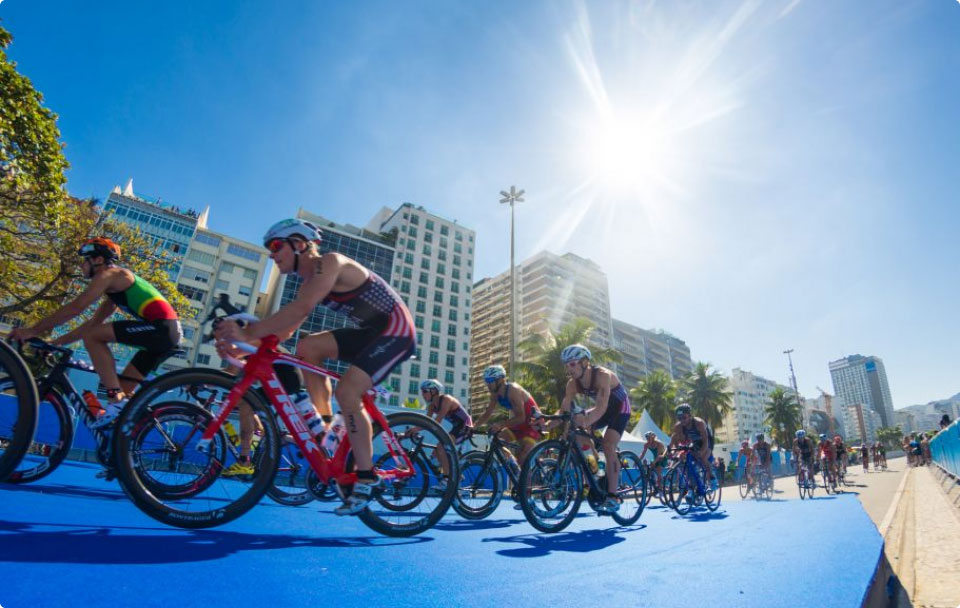
The cycling portion of triathlon at Rio 2016 surprises competitors with a very steep hill (not pictured) that has been described as “a wall” (Photo: Rio 2016/Alex Ferro).
“There was a lot of talk leading up to the test event amongst the athletes and coaches and all the different federations about the bike course,” said Jones, who had previously competed in Rio at the 2007 Pan Am Games, which used a different course. “We had a team that went down earlier in the year with a GoPro and had video of all the course, so we were able to see that before, but to see it firsthand made a huge difference.”
“It’s got a tough climb and a technical descent,” said Sweetland. “I almost think it would be dangerous if we were thrown in there without having seen it before.”
Part of what sets the bike course apart are the sweeping corners on the steep downhill. That means the athletes have to be cautious of the speed they’re carrying, something missed by one of the men who went over the barrier during the test event when he took a turn too quickly.
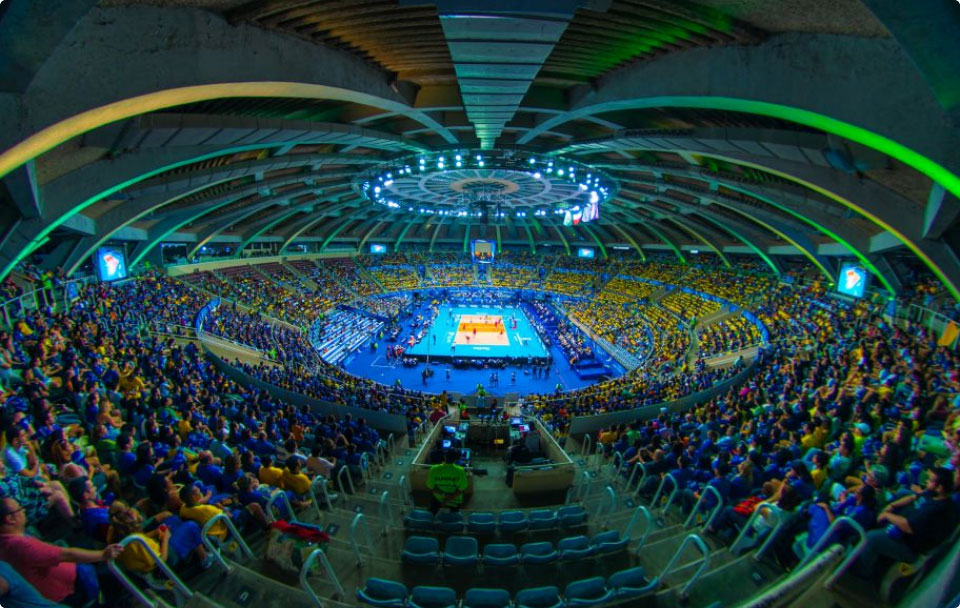
The Maracanazinho hosted the FIVB World League Finals in July 2015 as part of a Rio 2016 test event in volleyball. France won the World League title ahead of Serbia (Photo: Rio 2016/Alex Ferro).
“Now that we know what it feels like, we can go home and try to find climbs and descents that are similar and go practice those,” said Sweetland. “It’s different when you see it on a map or see an elevation graph. You can’t get the same feel for it as riding it, and to another level, racing it.”
On paper, the run looks like a straightforward loop out and back along Copacabana Beach. But that doesn’t take into account the camber of the road.
“It’s slanted to one side, which feels really bad when you’re running,” said Sweetland. “I don’t think they can change that but it’s good to be aware of because it was a bit of a shock this time.”
For Sweetland it was also important to get a dress rehearsal of the area where they transition from swim to bike to run because it uses a flow distinct to Olympic competition.
“That was cool to practice because transitions for us are kind of on autopilot these days so when something’s different you really have to keep it in the front of your mind,” she said.
But not every test event includes prospective Olympic athletes. For rowing, the world junior championships were a more logical competition because of the similar number of competitors as the Games.
That doesn’t mean there weren’t lessons to be learned.
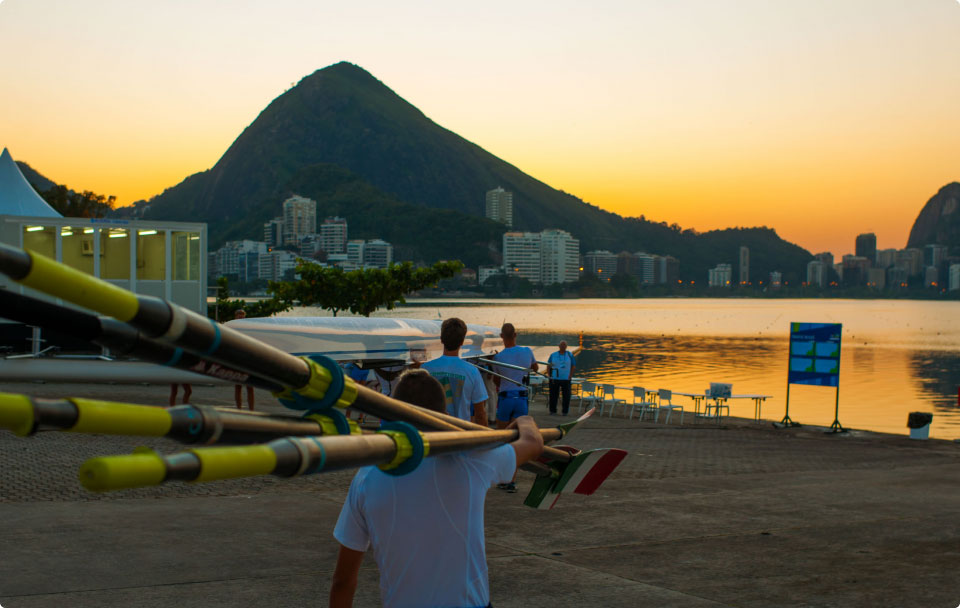
International junior rowers head out to the water for the Rio 2016 rowing test event in early August 2015 (Photo: Rio 2016/Alex Ferro).
“Having the test event there, we had to ship our boats down from Canada,” said Chuck McDiarmid, Development Coordinator for Rowing Canada. “There’s customs and excise and shipping regulations going into Rio and so what it allowed us to do was go through the process once, work out any fine details and fix it for next time.”
There will be an opportunity for the Olympic group to try out the Lagoa Rodrigo de Freitas during a familiarization camp this fall.
“You get a lot more out of training in a location potentially than racing there,” said McDiarmid of the chance to be on the water three times a day for a week. “They can actually spend a lot more time in different conditions as the coaches deem necessary as opposed to the structure of a regatta.”
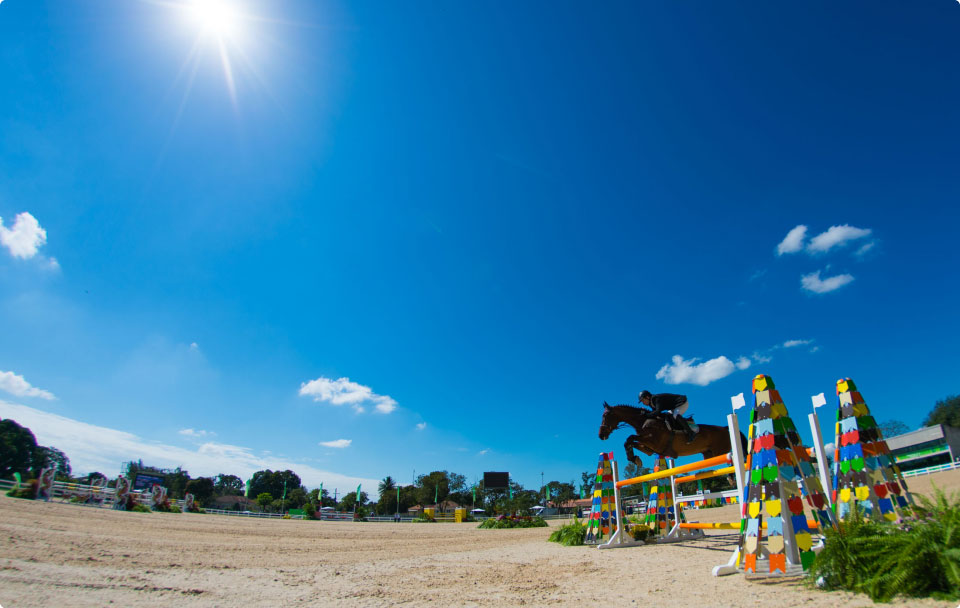
Rio 2016 equestrian test events took place in early August 2015 at Deodoro Olympic Park (Rio 2016/Alex Ferro).
The timing of these test events is not coincidental, as it allows the athletes to experience similar weather and temperatures as expected during the Games.
“It’s their winter but it’s still equivalent to an Ontario hot summer day where it can be 30 plus (degrees) and high humidity,” said Jones. “It was a bit of a heat wave when we were down there but I think that was better because it was a bit of a wakeup call.”
“It was really humid so I really struggled in the heat,” said Sweetland. “So that was good for me to know I’m gonna need some specific heat training. If I were to go back that would be a huge factor.”
The final Olympic test event will be for athletics in May 2016, just three months before the cauldron is lit.

